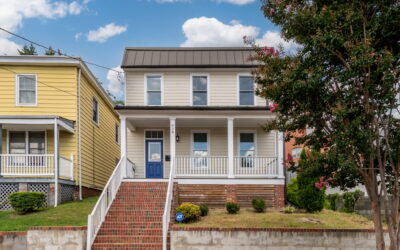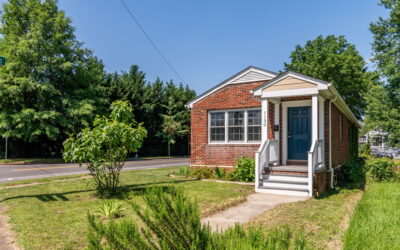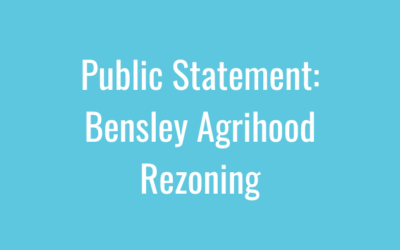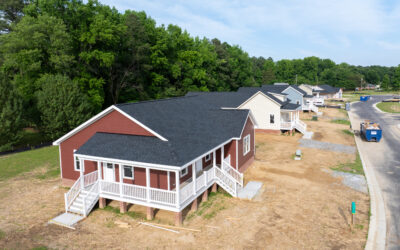 On April 15th, Mr. and Mrs. Dallas commemorated fifty years of marriage. To make it more special, they got to celebrate in their recently-purchased home from the Maggie Walker Community Land Trust.
On April 15th, Mr. and Mrs. Dallas commemorated fifty years of marriage. To make it more special, they got to celebrate in their recently-purchased home from the Maggie Walker Community Land Trust.
Although Mr. and Mrs. Dallas are two of MWCLT’s newest homeowners, they have owned two other homes in the past. In those days, they were in different stages of their careers, working in the public and private sectors and earning a healthy income. Mr. Dallas and his wife made significant investments in their family, prioritizing their daughter’s education and artistic talents. Unfortunately, a leadership change at Mr. Dallas’s employer forced him into an early retirement. This made it hard for the Dallas’s to save for a down payment for a new home.
The Dallas’s had planned on retiring to Richmond to be close to their married daughter who lived in Charlottesville with her husband and daughter. The loss of their jobs caused them to accelerate their plans to move. He thought that since they both had worked for many years at the executive management level and possessed highly marketable skills, that it would be relatively easy to find jobs. That turned out not to be the case.
The Dallas’s discovered MWCLT while trying to figure out how to buy a house without the disposable income they once had. They were intrigued and wanted to know: “What exactly is a Maggie Walker house?”
Mr. Dallas admitted he initially thought MWCLT was “a poverty program,” but quickly learned its true purpose of creating housing equity through homeownership.
Mrs. Dallas also felt similarly at first, describing MWCLT as a “poor program.” Growing up in poverty but not part of the welfare system she was all too familiar with the issues faced by individuals living in impoverished conditions.
She and her family agreed that after graduating from high school, she would move to Chicago to attend college and to join her family that had migrated earlier. After she and Mr. Dallas met and married, they decided to continue their college education at Loyola University of Chicago. After Loyola, they continued their education and graduated from University of Illinois – Springfield.
The couple moved next to Boston, where Mrs. Dallas manifested her Christian need to “feed and care for his people” by working for community-based anti-poverty programs. This experience led to a deep understanding of people living in impoverished conditions. With this background she quickly realized, therefore, that the CLT model simply helped people “get a leg up.”
After overcoming their initial concerns, they attended an information session. Mrs. Dallas left that session thinking MWCLT was a very unique program, and felt it was something they should get involved with.
The Dallas’s had two different motivations for taking advantage of MWCLT’s homeownership program as they began taking their next steps.
Mrs. Dallas’s goals were to build wealth, own something to pass down to her granddaughter and daughter, and for them to have a place to stay later. It struck Mrs. Dallas that while most Black families prioritized getting an education, a home, and a job, they didn’t always think about the things they needed to achieve those goals, such as their budget and savings.
On the other hand, Mr. Dallas’s motivation was having a home. He shared that he currently works part time, so he’s not home all of the time, but it’s a wonderful sight to come home and look at their new house. Mr. Dallas emphasized the dignity he felt because MWCLT treated them like any other homebuyer, even if they did not have deep savings for a large down payment that many other buyers in today’s market have.
Today, Mr. and Mrs. Dallas might be busy planning for their golden wedding anniversary, but that isn’t stopping them from thinking about ways to make sure all their current and future fellow MWCLT homeowners are successful. Some of their suggestions include a new homeowner resource guide, a monthly support group, and an annual cookout. So be sure to start planning your favorite recipes!










